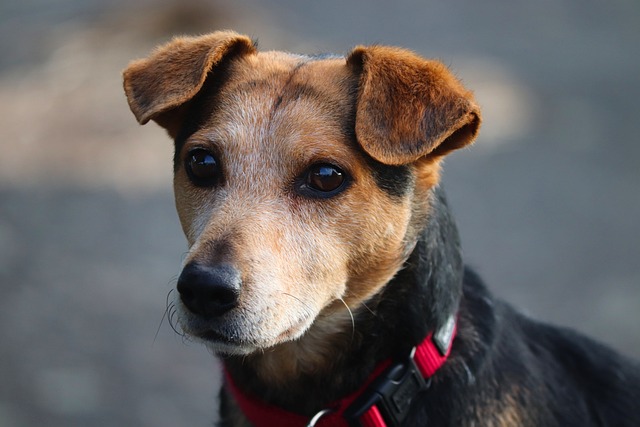
What is glaucoma in a dog?
You might notice your dog squinting more at mealtime or avoiding bright sunlight—these small changes could be early signs of a serious eye condition.
Watching your dog fight through distemper is one of the hardest things a pet parent can go through. The virus hits them hard, and one of the first things you’ll notice is a change in their eating habits. It’s not uncommon for dogs with distemper to lose interest in food—their bodies are busy fighting the infection, and fever or sore throats can make eating feel like a chore. But that doesn’t mean they never eat; some might pick at small bits, especially if you offer something gentle on their system.
Understanding why their appetite drops helps. Distemper often brings on nausea, congestion, or mouth sores, which turn mealtime into a struggle. A dog that once scarfed down kibble might turn away from their bowl, even if they’re hungry. This is where patience matters. Force-feeding will only stress them out more, but you can try tempting them with easy-to-eat options: warm broth, soft canned food, or even a little plain cooked chicken. Think of it like when you’re sick—you don’t crave a big meal, just something that feels soothing.
Hydration is just as critical as food when dealing with distemper. A dog that stops drinking is at risk of dehydration, which can make their recovery even harder. Keep fresh water within easy reach, and if they’re not drinking much, try offering ice cubes or a syringe with small amounts of water (never force it, though). Some vets might recommend electrolyte solutions, but always check with your vet first—what works for one dog might not be safe for another, especially with a virus as serious as distemper.
 It’s important to remember that distemper is highly contagious, not just to other dogs but sometimes to wildlife too. Many regions have rules about keeping sick pets away from public spaces, and for good reason—you don’t want to spread the virus. If your dog has distemper, keep them isolated at home, and talk to your vet about proper cleanup of their bedding or food bowls. This isn’t just about following guidelines; it’s about protecting other pets in your community, which is something all responsible owners take seriously.
It’s important to remember that distemper is highly contagious, not just to other dogs but sometimes to wildlife too. Many regions have rules about keeping sick pets away from public spaces, and for good reason—you don’t want to spread the virus. If your dog has distemper, keep them isolated at home, and talk to your vet about proper cleanup of their bedding or food bowls. This isn’t just about following guidelines; it’s about protecting other pets in your community, which is something all responsible owners take seriously.
Your vet should be your first call if you suspect distemper. They can confirm the diagnosis and guide you through care, including how to encourage eating. Never try to treat distemper on your own—it’s a serious illness that can lead to long-term health issues or worse without proper medical help. They might suggest appetite stimulants in severe cases, but those are prescription-only, so skip the home remedies and stick to professional advice.
Seeing your dog refuse food when they’re sick is scary, but it’s a common part of distemper. With gentle encouragement, the right foods, and close vet care, many dogs start eating again as they fight off the virus. Keep offering small, tasty meals, stay on top of their hydration, and don’t hesitate to reach out to your vet if things don’t improve. Your dog can’t tell you how they feel, so it’s up to you to watch for signs of progress—and to give them all the love and care they need to get back to their happy, hungry selves.

You might notice your dog squinting more at mealtime or avoiding bright sunlight—these small changes could be early signs of a serious eye condition.

Let’s set the scene: It’s a sweltering Phoenix afternoon—105°F outside—and you rushed your 2-year-old Lab mix, Cooper, on a quick walk to “get it over with.”

Let’s get real: You’re in your Miami apartment, watching your 3-year-old Corgi, Loki, struggle to climb the stairs to your second-floor unit.

Many dog owners brush off occasional scratching as just “dog behavior,” but persistent itching often signals something more—like a food allergy.

You might first notice your dog scratching more than usual—chewing at their paws until the fur looks thin, or rubbing their face against the couch nonstop.

Let’s be real: You’re standing in your Chicago apartment, watching your 3-year-old Beagle, Max, huff and puff just to climb onto the couch.